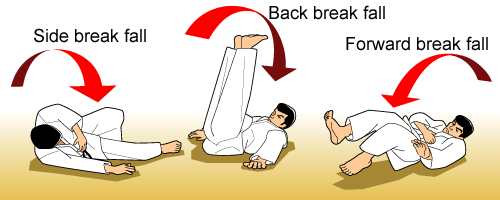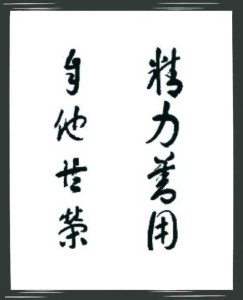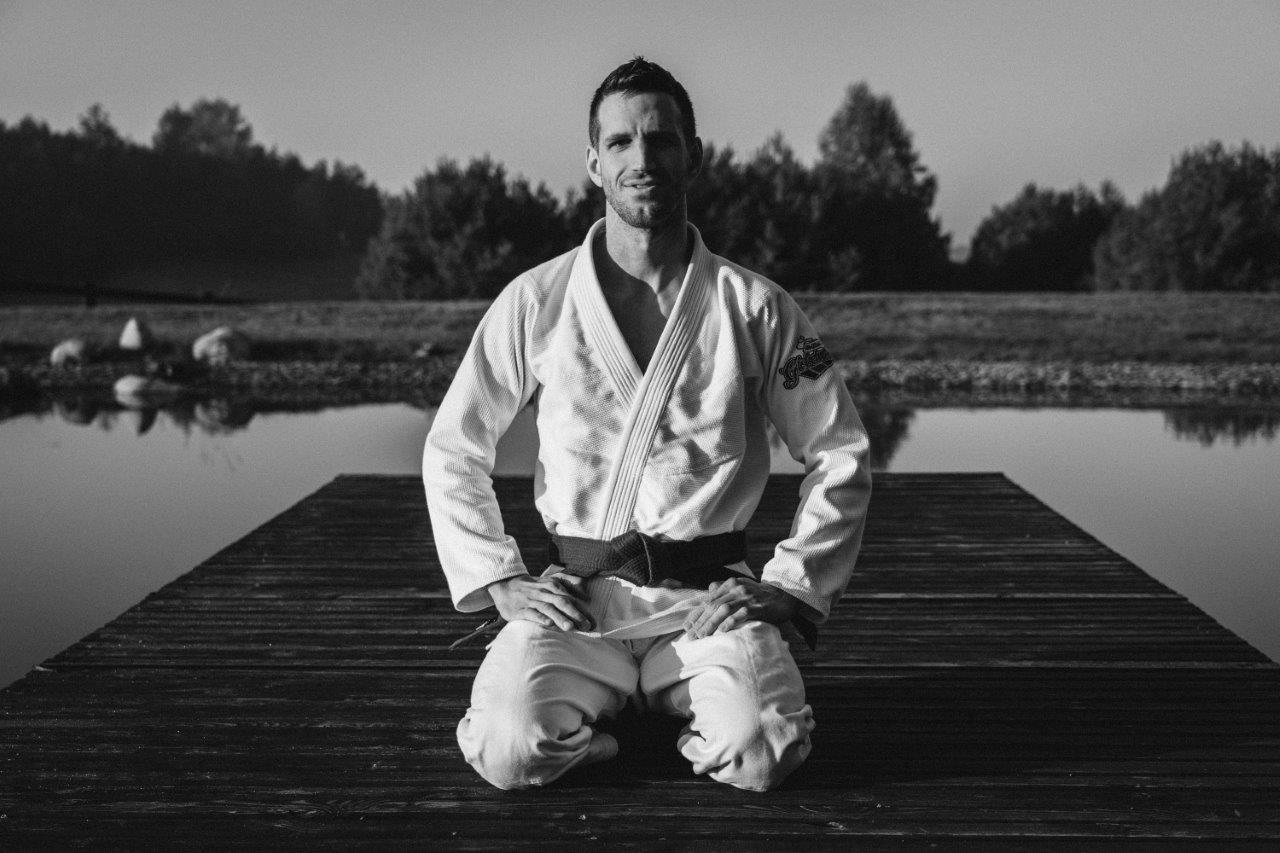Guidelines for Beginning Judoka (Part 1)
Blog by Sebastiaan Fransen, 5th dan Judo
Starting judo can be intimidating, especially as an adult. You might feel out of place, perhaps wearing a tracksuit or an oversized judogi, surrounded by judoka with colored and black belts.
Around you, judoka perform spectacular falls effortlessly or execute impressive throws. You may think, “I’ll never be able to do that.”
Yet I firmly believe anyone can practice judo, regardless of age. With the right sensei, partner (uke), and mindset, anyone can enjoy judo and become a better person through physical and mental growth. Remember, “a black belt is a white belt who never gave up.”
Here are the first four of eight essential guidelines for beginners. The remaining four guidelines will appear in Guidelines for Beginning Judoka (Part 2).
This list is not exhaustive, and in Japan, the number 八 (eight) symbolizes good fortune. Do you have additional tips? Feel free to share them in the comments below.
1. Have Fun
I started judo at age nine. Looking back, I learned best when having fun. Training felt like a game, experimenting freely without fear of failure. Mistakes were simply part of learning.
Almost all creativity involves purposeful play. — Abraham Maslow
Initially, a belt simply held my judogi together, removing any pressure to perform. This allowed me to enjoy training, consistently pushing my limits and improving.
This playful mindset often led to a state of flow, completely immersed in executing beautiful techniques, fully present and relaxed. Such moments of pure engagement are rare outside the tatami.
Learning accelerates when you’re playful and enjoy training. Fearlessness encourages creativity, exploring what works and what doesn’t. Goals can motivate, but also frustrate. Focus on enjoying judo—it ensures faster learning and sustained enjoyment.
2. Results are Secondary
It might sound odd, given the judo principle seiryoku zen’yō (maximum efficiency with minimal effort), but results should remain secondary.
Of course, results matter. Judoka aim for physical and mental development. However, focusing primarily on the journey ensures natural and sustainable outcomes.
Regardless of winning or losing, follow the right path. Losing while following the right path is more valuable than winning via the wrong path. — Jigorō Kanō
Many beginners emphasize results, neglecting basics like kuzushi (balance-breaking) and tsukuri (positioning). Initially, using strength might feel satisfying, but it delays understanding true judo.
Practice techniques slowly and harmoniously, adhering to judo principles. A successful throw becomes a natural outcome.
Similarly, in randori, avoid resisting forcefully. Instead, focus on learning judo principles like seiryoku zen’yō and jita kyōei. Pay attention to how your partner breaks your balance and which techniques they use. Experiment playfully without endangering your partner. Prioritize learning over winning.
Enjoy the journey—the results will follow naturally.
3. Master Breakfalls (Ukemi)
My teacher, Cor Esser, often said, “What shouldn’t a swimmer fear? Water! What shouldn’t a judoka fear? Falling!”
Fear of falling hampers learning, leading to defensive and rigid movements. This consumes unnecessary energy and limits experimentation essential to learning judo.
Effective ukemi reduces injury risk, enabling more consistent training. Good ukemi also makes you a reliable training partner, supporting others’ growth.
Devote considerable time to mastering ukemi until completely comfortable. Start with basics, protecting your head and body, ensuring proper body tension. Becoming proficient in ukemi significantly advances your judo practice.
4. Learn Defense First
Often, beginners impatiently aim for spectacular throws, neglecting foundational skills like ukemi, becoming a good uke, and understanding principles.
It might seem unconventional, but mastering defense first is beneficial. Once you can defend effectively, you can focus confidently on offense.
Effective defense frustrates opponents, prompting risky moves and creating opportunities for you. Initially, being thrown frequently helps you understand effective techniques firsthand.
Skilled warriors first make themselves invincible, then wait for their enemy to expose vulnerabilities. — The Art of War (Sun Tzu)
Improving defense teaches technique vulnerabilities, allowing you to avoid them offensively. Defense isn’t about brute strength but proper body use, employing tai-sabaki (body movement) and hara (lowering your center of gravity). Embrace softness, not force, aligning with seiryoku zen’yō and jita kyōei.
Master defensive skills without force, giving you time and space to learn, apply techniques, and practice harmoniously with judo principles.
To Be Continued…
These are the first four guidelines for beginner judoka. The next four will appear next week in Guidelines for Beginning Judoka (Part 2).
Subscribe via email to never miss an update!
Special thanks to Marie-José Nieuwenhuizen, Annemarie Leemans, Vanessa Bot, Richard de Bijl, and Loek van Kooten.



